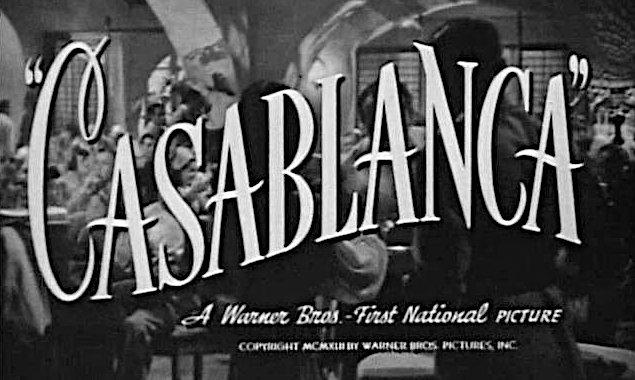Commentary
In 1601, Shakespeare’s Hamlet asked, “To be or not to be?” In 1942, Hollywood filmmakers asked, “To breen or not to breen?” Just as the immortal bard’s hero decided to endure this “mortal coil” instead of facing the great unknown, Golden Era moviemakers knew they had no choice but “to breen.” You won’t find this verb in any dictionary, but you will find it in old editions of “Variety.” In fact, it was this trade publication which coined the verb in the 1930s. Breening, with its related variation “joebreening,” was a reference to the name of a man who wasn’t employed by any studio but who worked on more movies than probably any other individual in film history.





